I can’t count the number of sunglasses I’ve lost or broken after taking them off. I’ve spent hundreds of dollars on good ones and cheap ones and they all disappear and break.
Because I took them off.
When the light gets too dim, then they go on the deck of my boat or on my hat or helmet.
And then get lost and broken.
Someone somewhere decided I didn’t have to suffer any more 15 years ago and introduced me to photochromic sunglasses. They change tint with the light, adjust to just the right amount when the some comes out, or it hides behind a cloud. Head into the trees? They lighten. Come back out into the sun? They darken.
Why these aren’t in every gas station and on every corner, I don’t know. They are one of the best pieces of gear I’ve invested in the last couple decades being outside.
Are there different options out there? There are. Not a lot, but some companies are starting to realize the miracle of photochromic. They are harder to make, which makes them more expensive. And to do it well, I’m sure takes time and money.
Some photochromic sunglasses are polarized as well. Some are impact-tested safety glasses too. Some take batteries.
Here are our favourites we’ve tested recently (with a buying guide below).
Smith Guide’s Choice
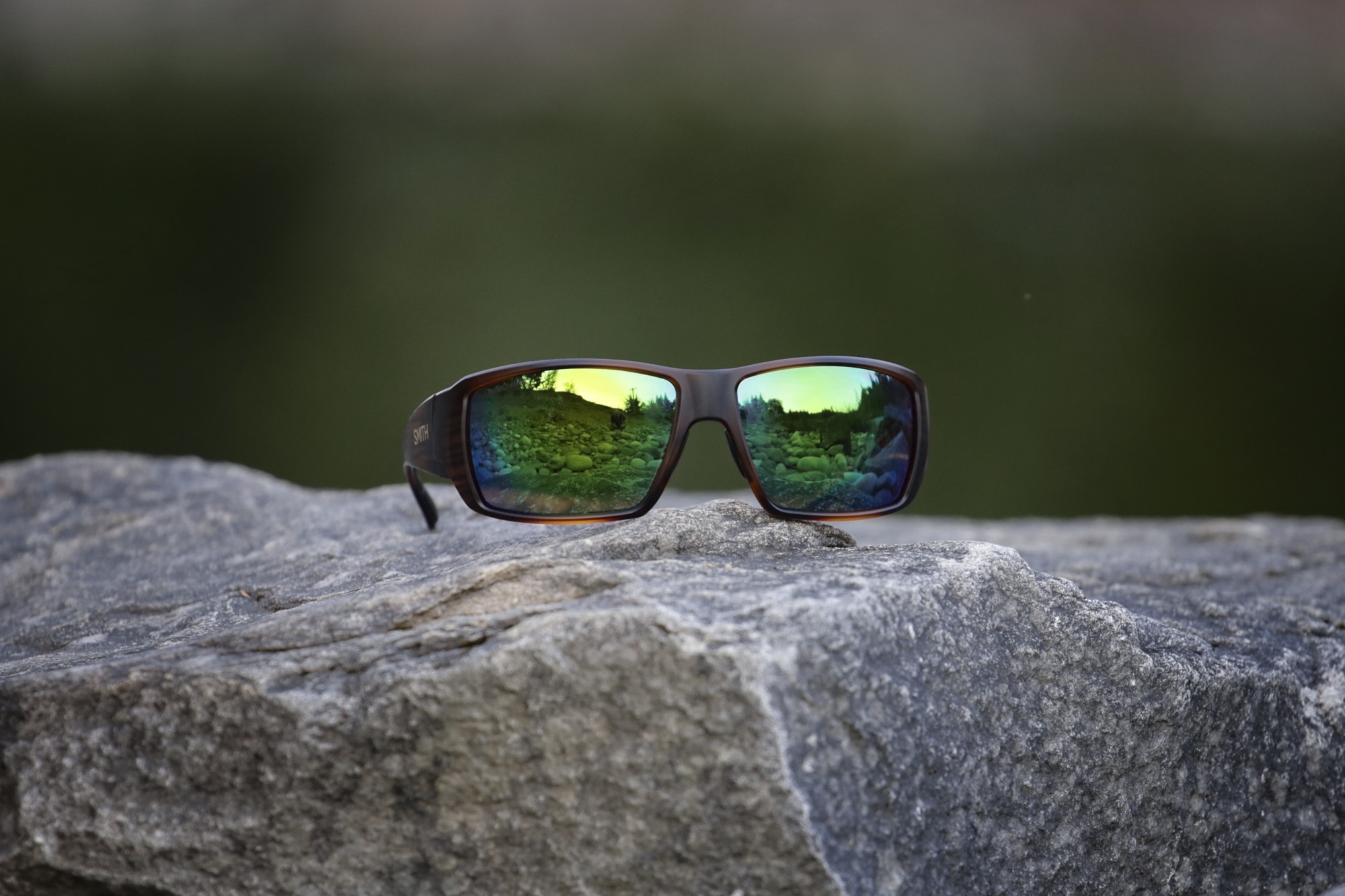

Just look at the green mirror on those. Looks aside, the Smith’s Choice are built from the ground up for fishing. Polarization cuts glare off the water. Photochromic Category 2-3 adjust light for cloud and sunny days. ChromaPop brightens colors and increases definition, especially for fish.
Spy Rebar and Logan
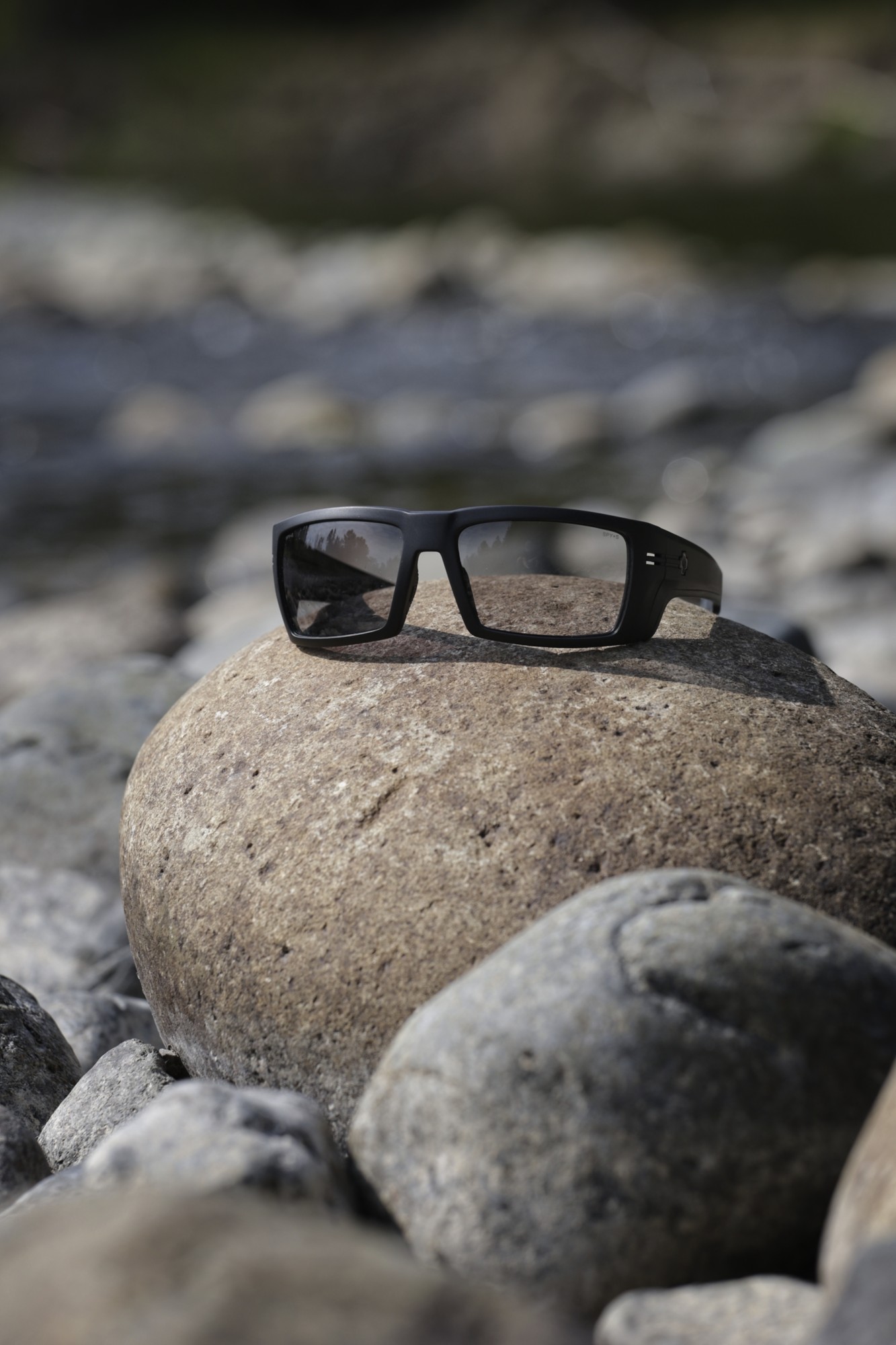
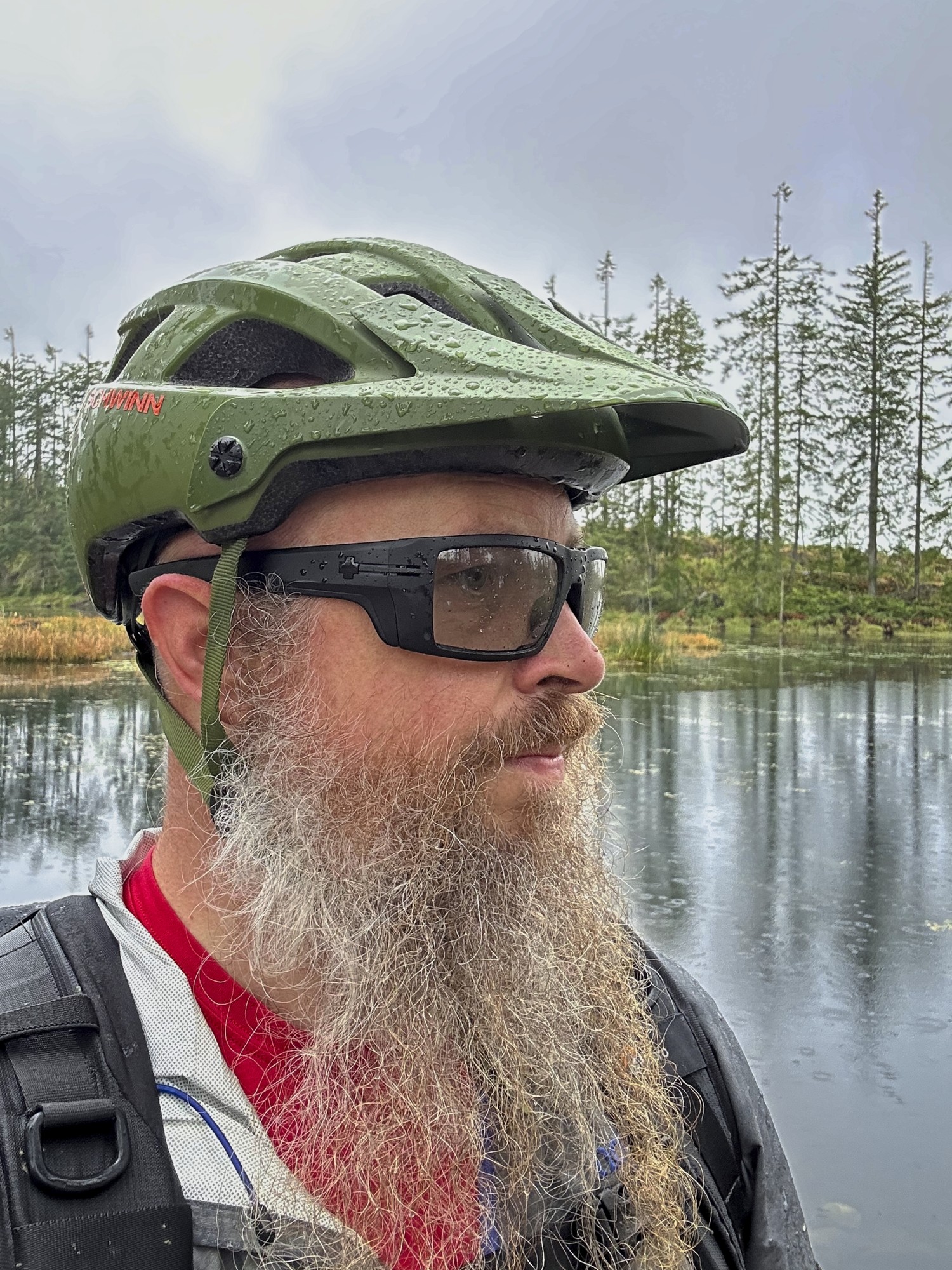
Most sunglasses can take a hit but few are impact certified. How many are tested by firing a quarter-inch steel ball at 150 feet per second at them?
The Spy ANSI line are. The Rebar and Logan (and a few others) are ANSI Z87-2+ certified, suitable for work requiring eye protection.
Best part is they’re killer sunglasses too. As soon as work is done, head outside and you don’t have to swap shades. They go from a completely clear category 0 to category 3 for a sunny day.
Both are ANSI certified. The Rebar is lightly bigger with a larger lens.
Chamelo Music Shield
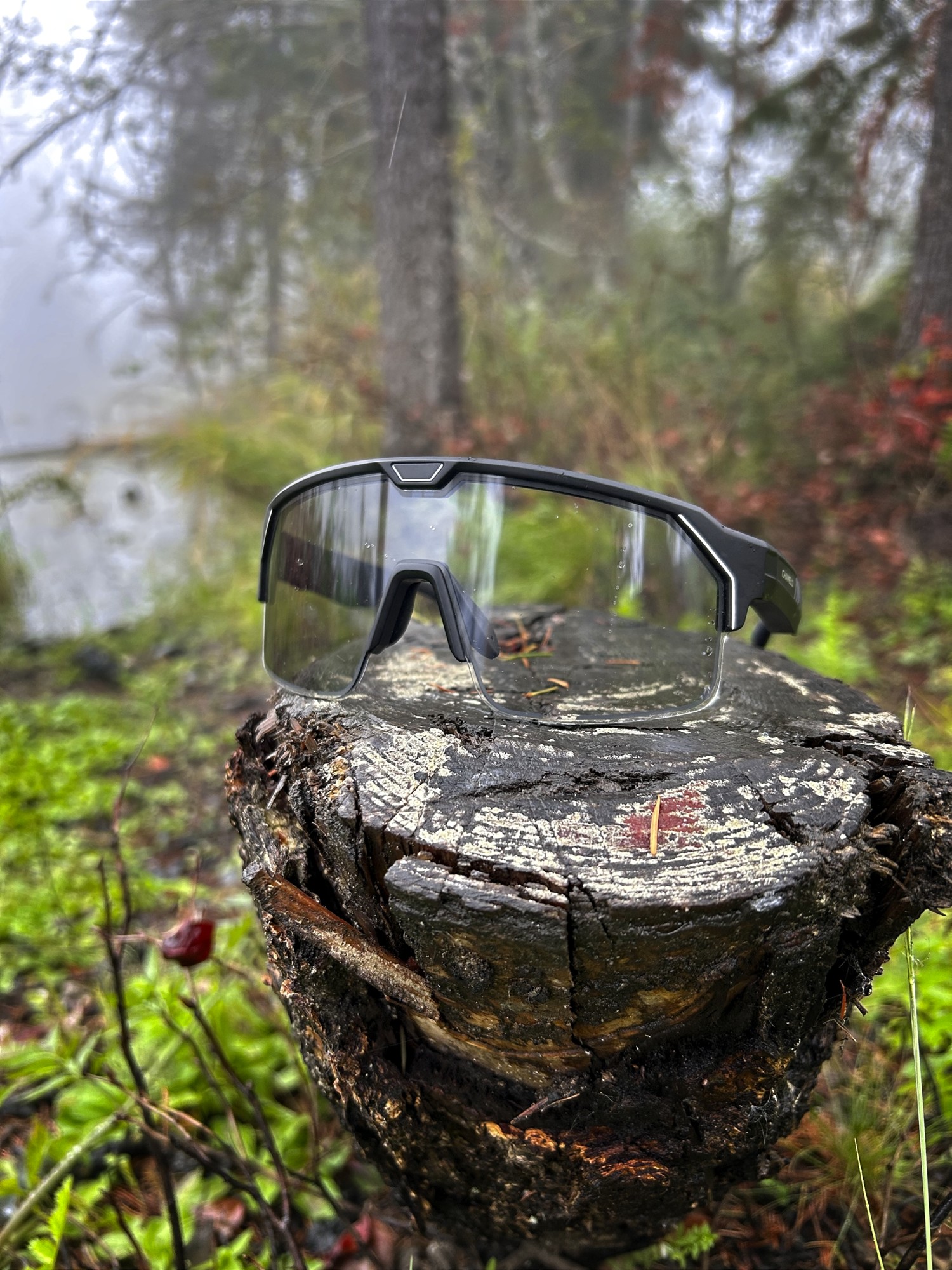

Ok, these ones aren’t photochromic, we snuck them in here.
They are electrochromic.
Power them on and slide your finger across the temple and they tint in 0.1 second and stay there.
Oh, and they play music too.
Lol, wut?
Not to mention they are super comfortable, stay on your face even with a lot of sweat and provide great coverage. Not bad for a brand new type of product.
ActiveDim Pioneer

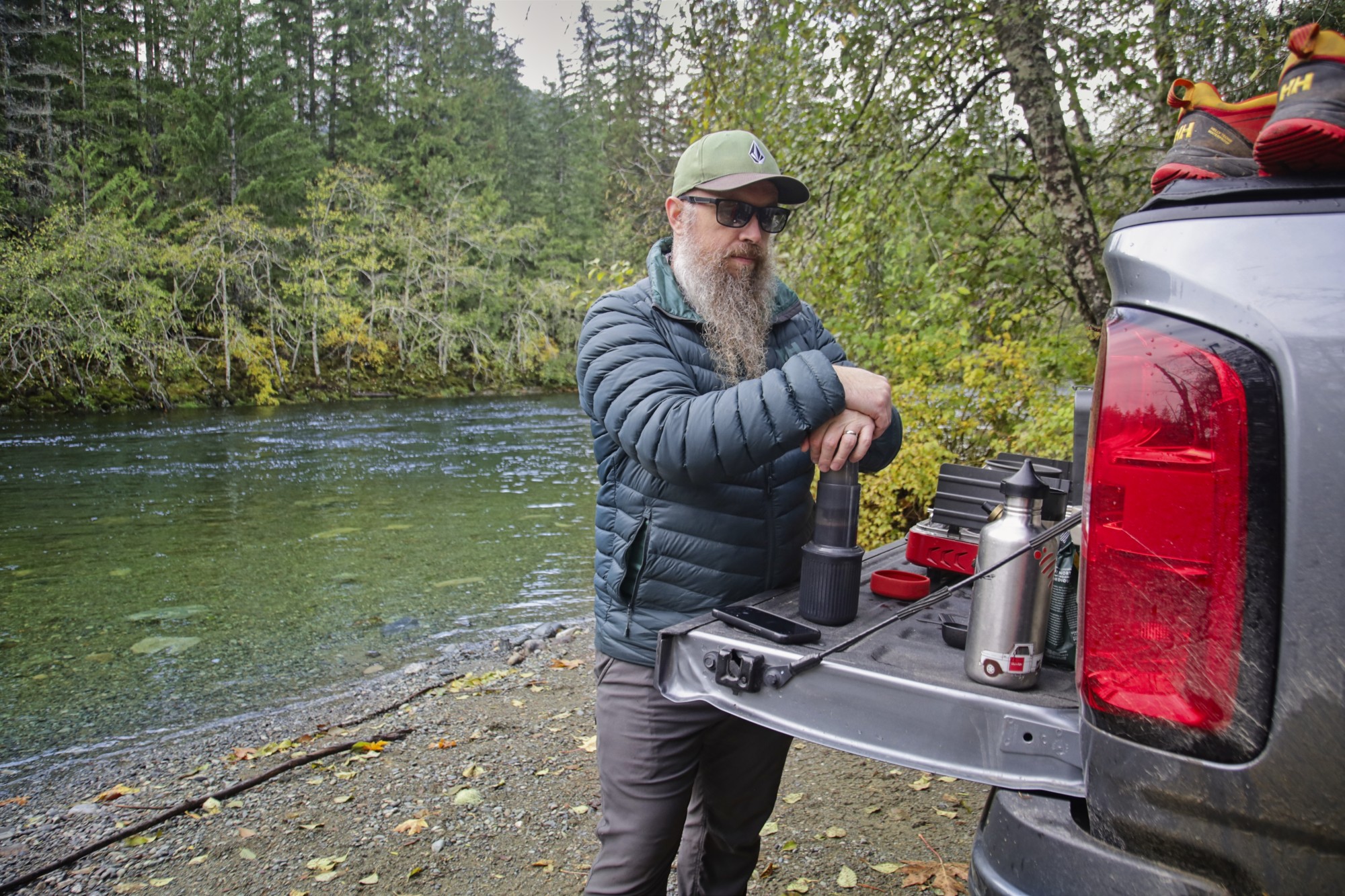
Coming from a golfing background, ActiveDim brings the Pioneer to the game. They’re insanely light, photochromic category 1 to 3 AND polarized. One of the few we could find with polarization.
I wasn’t sure if the price was correct on these ones and it is. Too good to be true.
Buying Guide for Photochromic Sunglasses
Photochromic
Photochromic lenses change with the light. Like a transition lens on a prescription glasses. They are still somewhat rare with sport sunglasses but some industries, like biking, are really picking them up because of their versatility.
A film of liquid crystals are built in between multiple layers of the lens. UV light triggers them to change orientation. This darkens the lens, blocking some of the light, keeping your eyes happier.
Electrochromic
Another way to orient the liquid crystals and darken the tint is electricity. This requires a battery but is very fast. It doesn’t require UV light on the lens.
The Chamelo Music Shield are electrochromic.
Polarized
Polarization is like a venetian blind for reflected light. It let’s most light in, blocking light reflected from other surfaces like the road, water or snow. This reduces eye strain and increases the clarity of the fish or trail in front of you.
While still rare combined with photochromic lenses, some companies are seeing the light. Lenses for fishing or sailing are often polarized.
The Smith Guide’s Choice and ActiveDim Pioneer are photochromic and polarized.
VLT (Visible Light Transmission)
The amount of light allowed through a lens is measured as Visible Light Transmission or VLT.
0% is totally blocked, 100% completely clear.
Photochromic lenses use a range to show the transition from light to dark. For example the Chamelo Music Shield starts at 63%, and darkens to 17%. The Spy Rebar is almost clear at 85% and darkens to 13%.
Regular sunglasses have a set VLT. Photochromic lenses will have a range.
Category
The Category on a lens represents the VLT in a simpler number. 0 is clear, 4 is so dark it’s not safe for driving.
| Category | VLT | Description |
| 0 | > 80% | Light or no tint. For darker, foggy days or night |
| 1 | 80%-43% | Light tint. Overcast, foggy days |
| 2 | 43%-18% | Medium tint for changing weather conditions |
| 3 | 18%-8% | Dark tint for bright conditions |
| 4 | 8%-0% | Very dark tint for glaciers and open water. Not safe for driving. |
The Spy Rebar starts at category 0 to 3.
Color filters
Some lenses have additional filters on them to boost the colors or filter certain wavelengths of light.
Smith ChromaPop filters crossovers between distinct colors of light. This makes each color brighter and increases the definition between them. The Guide’s Choice has ChromaPop.
Spy Happy Boost filters out wavelengths of light that cause eye strain, leaving wavelengths that boost alertness and mood. They also increase contrast and color slightly leaving you with a clearer picture. The Spy Rebar has an option for the Happy Boost lens.